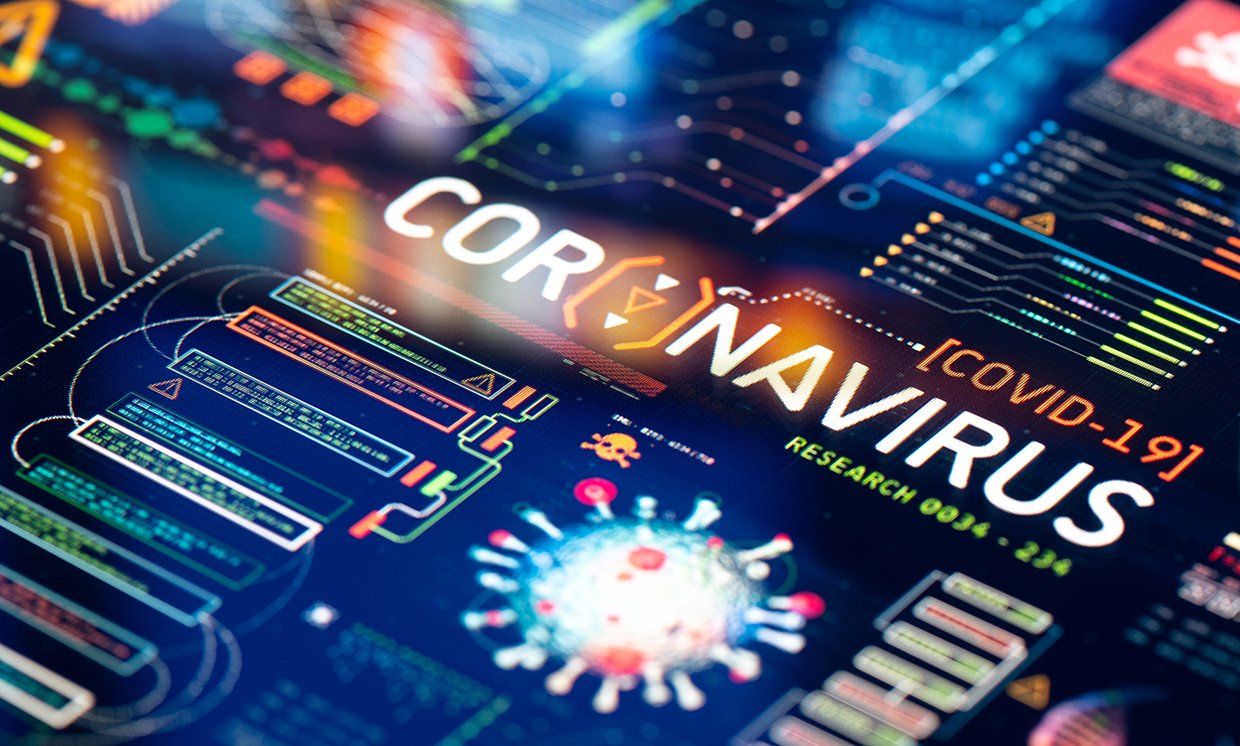As the coronavirus pandemic continues, hospitals are working to prevent overcrowding and keep healthcare workers safe. According to the CDC, more than 9,000 healthcare workers across the US have contracted COVID-19, and at least 27 have died. To address this, a team from MIT’s Computer Science and Artificial Intelligence Laboratory (CSAIL) developed a wireless monitor that lets doctors monitor patients from a distance.
The device, called Emerald, is similar to a large WiFi router and is mounted on a wall. It emits wireless signals, which reflect off of patients. The system then uses AI to analyze those patterns and infer a persons’ breathing rate, sleep patterns and movement. Emerald is sensitive enough to detect chest motion (which translates into breathing rate) and to distinguish between multiple people. It can tell when a patient is having trouble breathing, and all of that info can be accessed by a doctor remotely.














